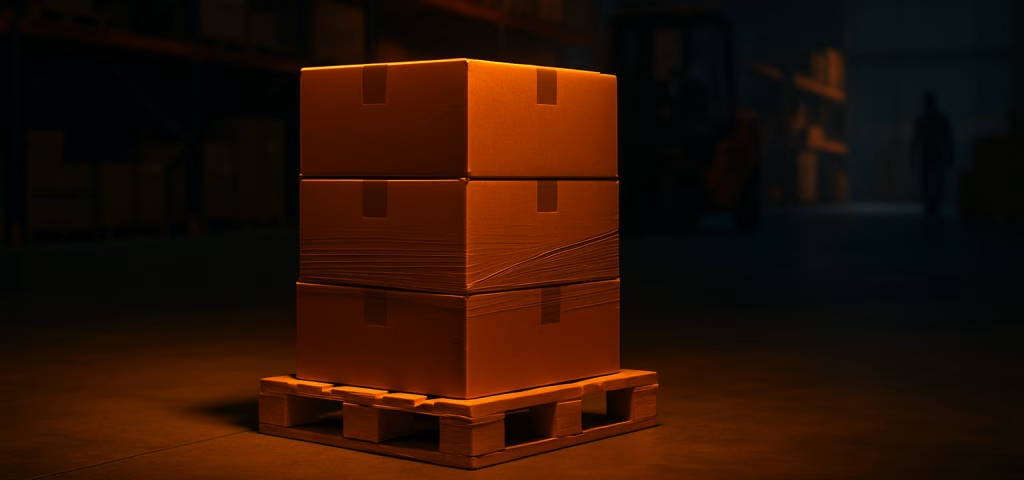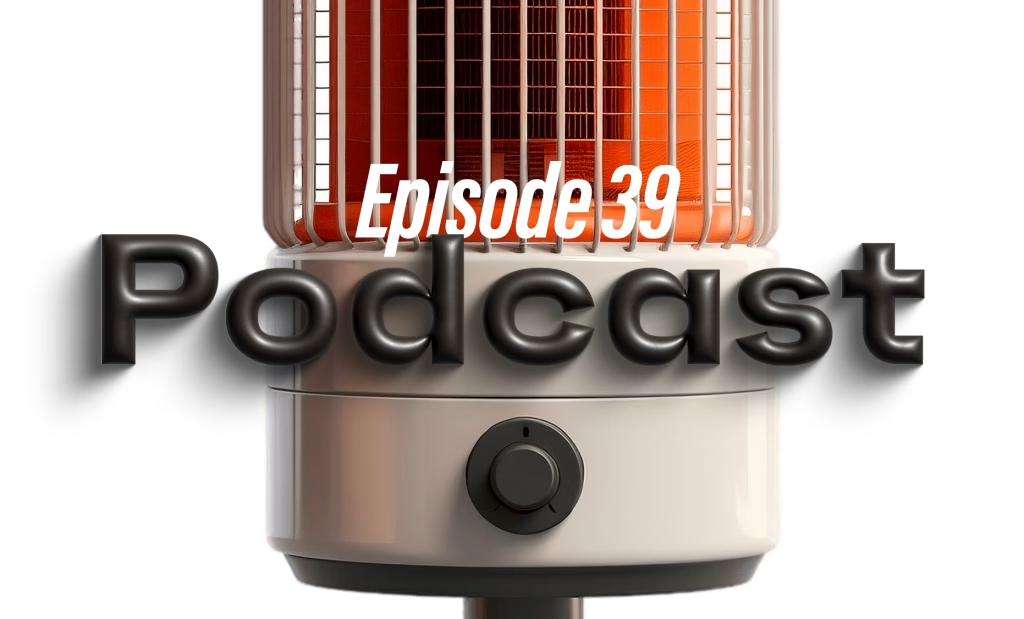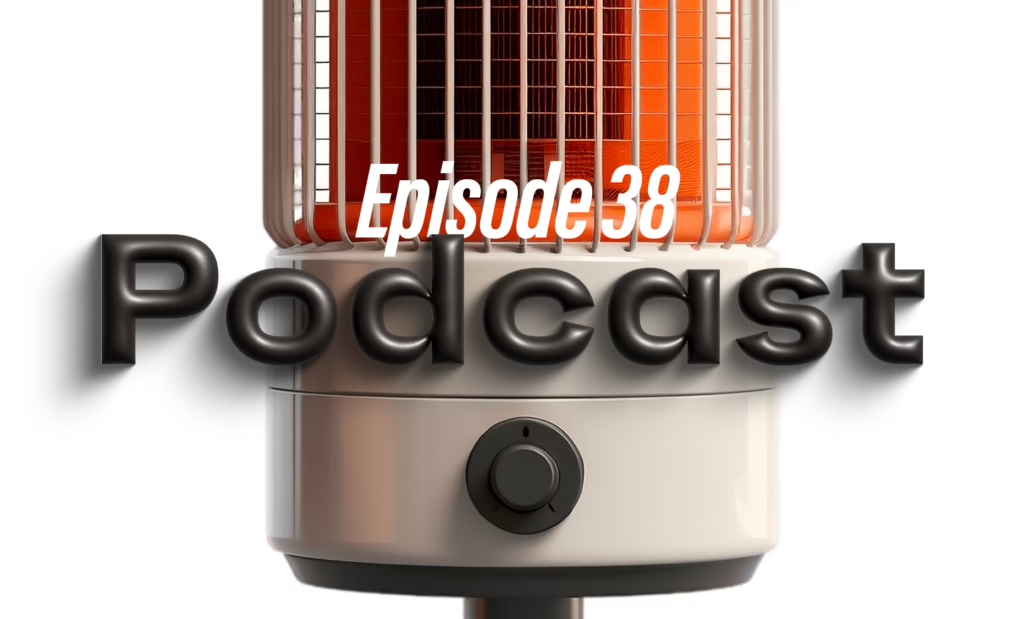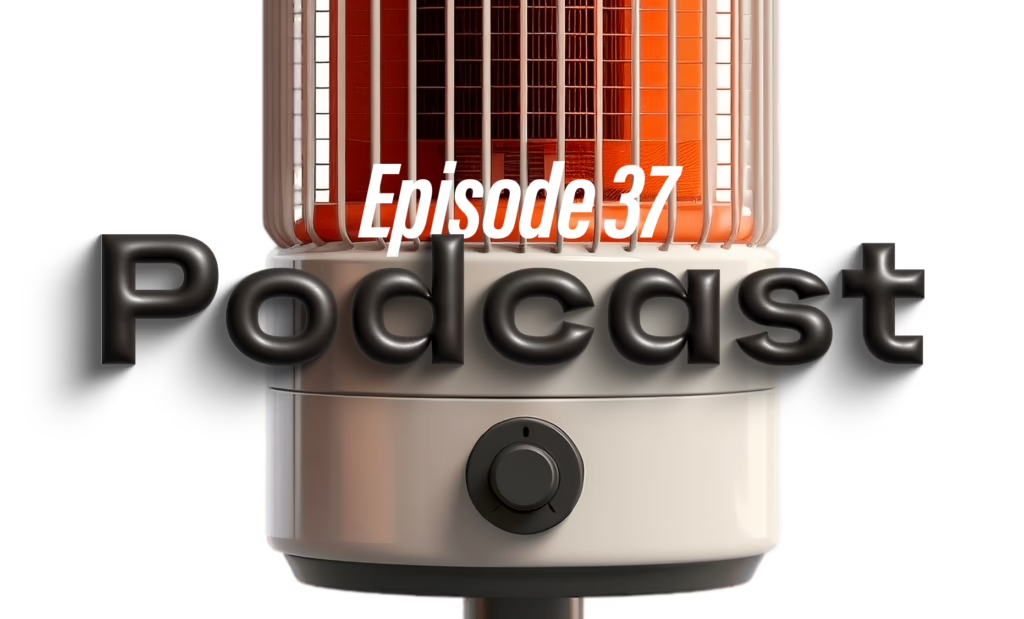By Laurier Mandin

In mid-2019, I first wrote about the idea of the Minimum WOW Product — a twist on the tired startup term “MVP.”
Back then, I argued that viability isn’t enough when you’re asking someone to part with money. Buyers don’t want lame-but-viable.
They want something that makes them say, “WOW, I need that.”
And all these years later, I’m more convinced than ever. If you’re preparing to launch a new product, don’t fall into the MVP trap.
A “just-good-enough” prototype might be okay for testing functionality, but it won’t tell you what really matters: whether or not buyers will pay enough to make your product profitable.
That’s where the Minimum WOW Product (MWP) comes in.
Why the MVP Falls Short
The MVP was supposed to help startups avoid waste. Build the simplest version, test it, improve. It was quite smart in software, before things got super-competitive and copycatting became ridiculously fast.
But in today’s software world, and especially with physical products, MVP thinking can backfire.
- A clunky, rudimentary prototype won’t win over the buyers you need most.
- Feedback from friends and early fans WILL mislead you.
- False positives abound: people say they’d buy, but never do.
I’ve seen countless founders lulled into confidence by the wrong signals. The MVP checked the boxes. People said nice things. But when it came time to sell, the crickets were deafening.
Enter the Minimum WOW Product
The MWP is the leanest version of your product that still delivers delight. It doesn’t need every feature. It doesn’t need glossy packaging or full retail polish. But it does need to excite the right buyer enough to pull out a credit card.
Think of it as a litmus test:
- Viability proves you can make it, and it performs basic functions in an acceptable way.
- WOW proves people will buy it.
That difference is what keeps you from investing six figures into tooling, inventory, and marketing only to find out your audience shrugs and hustles on.

The MOQ Problem
Physical products come with a unique headache: minimum order quantities (MOQs). Factories don’t want to set up machines for ten units. They want thousands, if not tens of thousands.
But you don’t need ten thousand units to validate demand. You need dozens — maybe hundreds — produced at a break-even price.
Here’s the trick:
- Negotiate with manufacturers for a pilot run, even if it costs more per unit.
- Explore micro-manufacturers or local prototyping shops.
- Sacrifice margin early to gain priceless data.
Yes, it stings to pay $50 per unit when your target cost is $10.
But losing $10,000 on a micro-run is better than losing $200,000 on unsellable inventory.
Only ONE Test Matters
We all love positive feedback. But here’s the harsh truth: compliments don’t count.
- A like on Instagram is not demand.
- A “That’s cool!” at a trade show is not demand.
- Even a sign-up form submission isn’t demand.
The only thing that proves demand is a buyer parting with money.
That’s why I urge founders to test with refundable, discounted pre-orders.
And yet, there’s another incredibly important question: will they pay enough?
Buyers are spoiled. They demand free shipping, free returns, and fast service.
Delivery, packaging, customer support, and digital ad media costs all pile up. A product that sells at $49 can look like a win… until you subtract $15 for ads, $12 for shipping, $6 for packaging, and $5 for service and returns.
Suddenly, your “success” nets pennies.
That’s why the Minimum WOW Product is so much more than proving someone, somewhere might buy someday.
It means proving many will buy at a price that leaves you with a real, sustainable margin.
If your hand-selected right-fit customers won’t even put down a refundable pre-order deposit, something’s wrong.
Better to learn it now than after your first shipping container arrives.

But What if They Balk?
Here’s the good news: a failed pre-order test is NOT the end. It’s the beginning of clarity.
When buyers hesitate, dig into why.
- Did they misunderstand the benefit?
- Did the price feel out of reach?
- Did the product fail to deliver that true “WPW”?
Every objection is data.
Every pause is a clue.
Use these to refine the product, the positioning, or both.
Real Examples of WOW
Think about the physical products you’ve personally pre-ordered. Chances are, they had one thing in common: they sparked delight.
- The travel mug that promised to keep coffee hot for six hours, and actually did.
- The e-bike folded compactly to store in your tiny apartment.
- The audio gadget that solved an annoyance you had nearly given up on.
- Maybe the weird-looking truck that would never rust.
None of these were “viable” alone. They were viable and WOW-inducing. That’s why they earned your money before they existed.

Building Your Minimum WOW Product
So how do you define your own MWP? Ask yourself:
- What is the one feature that makes buyers light up?
- What level of finish will make them proud to own it?
- How can I strip away everything else until I hit that point?
I’m not telling you to cut corners. You’ve got to distill your product to the smallest form that delights.
And yes, it’s painfully uncomfortable. It forces you to separate what you love about the product from what truly matters to the buyer.
Why This Matters for Strategy
When founders skip the MWP step, they gamble. They move from prototype to full-scale production without testing the one thing that matters: real demand.
That’s when I see the heartbreak: warehouses full of unsold stock, cash tied up, investors losing patience.
The MWP is your insurance policy. It’s not foolproof (nothing is) but it’s the clearest window into whether your product has the spark to succeed.

The Role of Strategy Partners
Finding your Minimum WOW Product doesn’t end with design. It means:
- Negotiating MOQ with manufacturers.
- Crafting the right pre-order message.
- Identifying which early buyers matter most.
- Pricing to signal value, not just cover costs.
That’s why innovators come to us. At Graphos Product, we help founders map out the smartest path from idea to delighted buyers, using tools like the Innovative Product Go-to-Market Roadmap™.
Some Final Words
If you’re serious about launching, please-oh-please don’t settle for viable.
Aim for WOW. Build the leanest product that gets hearts pumping, then test it where it counts: in buyers’ wallets.
And remember, there are really two thresholds to cross:
- Will they buy?
- Will they buy at a price that sustains your business?
It’s easy to celebrate early sales, but if those sales don’t cover the real costs of free shipping, returns, packaging, service, and ads, you’ve built demand for a product that erodes your bottom line.
The Minimum WOW Product is your only safeguard against both mistakes. It proves that customers not only want your product, but want it enough to keep your company alive and growing.
Want to make your product irresistible to real buyers? That’s what we do as product marketing consultants here at Graphos Product, helping innovators turn need-driven ideas into market-ready successes.




